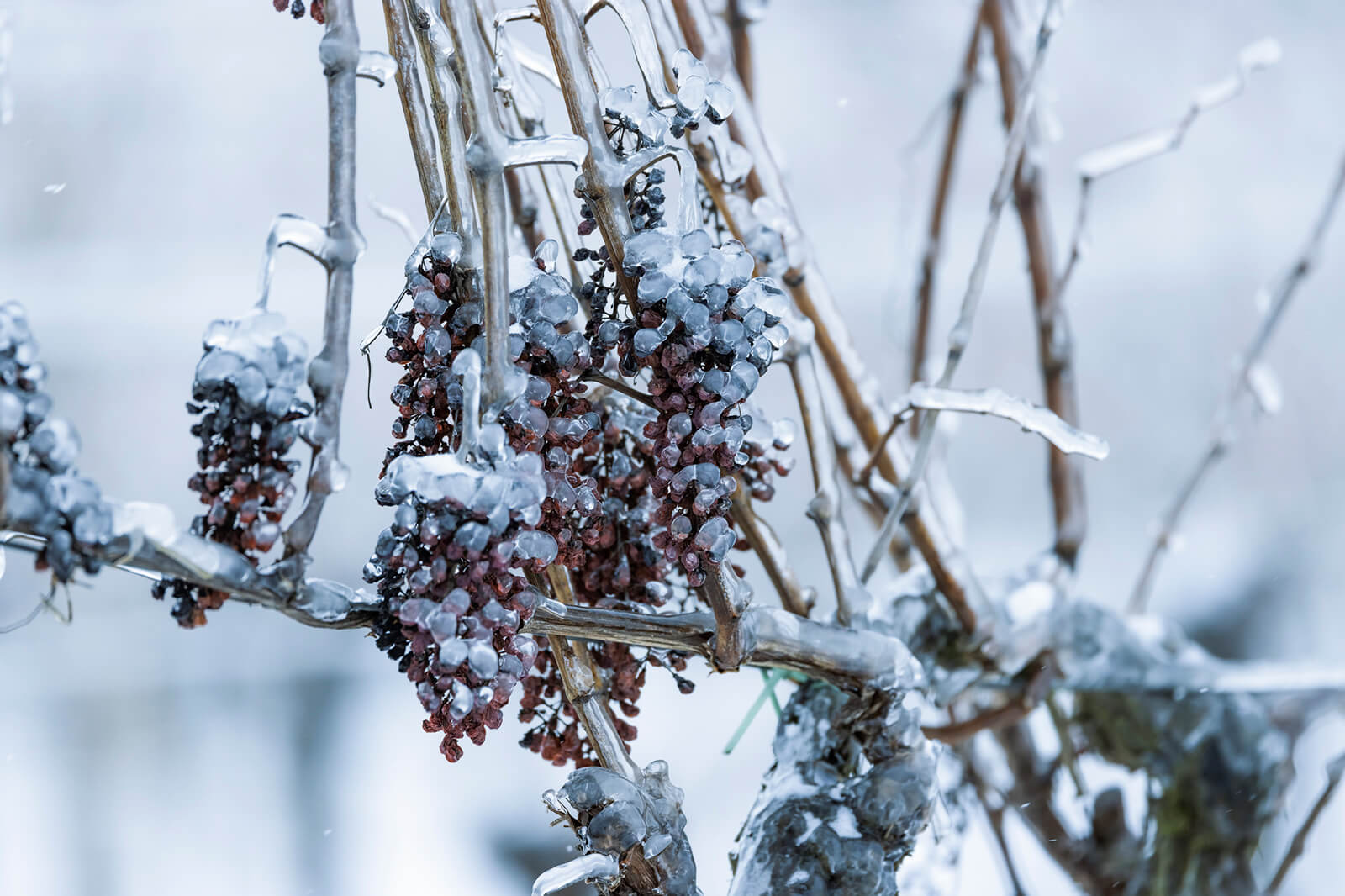A Feast for the Senses: Mardi Gras Food and Wine Pairing Guide

As Mardi Gras approaches, the vibrant and flavorful cuisine associated with this festive celebration takes center stage. From savory jambalaya to beignets dusted with powdered sugar, the diverse array of Mardi Gras foods provides an excellent canvas for creative wine pairings. Let's embark on a journey through the culinary delights of Mardi Gras and discover the perfect wine companions for each dish.
1. Gumbo and Zinfandel:
- **Why?** Gumbo, a hearty stew with a rich and flavorful broth, pairs wonderfully with a bold Zinfandel. The wine's robust fruitiness and peppery notes complement the complexity of the gumbo, enhancing the overall savory experience.
2. Jambalaya and Chardonnay:
- **Why?** The spicy and flavorful rice dish known as jambalaya finds a delightful partner in a well-balanced Chardonnay. The wine's buttery texture and subtle oakiness provide a harmonious counterpoint to the spiciness of the dish.
3. Crawfish Étouffée and Sauvignon Blanc:
- **Why?** The delicate flavors of crawfish étouffée are beautifully complemented by the crisp acidity and citrusy notes of Sauvignon Blanc. This pairing allows the subtle nuances of the crawfish to shine.
4. King Cake and Sparkling Rosé:
- **Why?** The sweet and festive King Cake, a Mardi Gras tradition, pairs wonderfully with a Sparkling Rosé. The wine's effervescence and fruity notes create a delightful contrast, enhancing the sweetness of the cake.
5. Beignets and Moscato:
- **Why?** These pillowy, deep-fried pastries dusted with powdered sugar deserve a companion like Moscato. The wine's sweetness and floral aromas complement the sugary goodness of beignets, creating a decadent pairing.
6. Shrimp Po' Boy and Viognier:
- **Why?** The combination of crispy shrimp and a soft baguette in a Shrimp Po' Boy pairs wonderfully with a Viognier. The wine's floral and stone fruit characteristics add a touch of elegance to the dish.
7. Muffuletta Sandwich and Chianti:
- **Why?** The hearty Muffuletta sandwich, with its layers of cured meats and olive salad, calls for a robust Chianti. The wine's bold flavors and balanced acidity stand up to the richness of the sandwich.
In conclusion, Mardi Gras is not just a celebration of colors and music; it's a culinary journey through the heart and soul of New Orleans. Elevate your Mardi Gras experience by exploring these wine pairings, enhancing the flavors of each dish and creating a symphony of tastes that dance on your palate. Laissez les bon temps rouler—let the good times roll!
Indulge in Winter's Liquid Magic: Ice Wine, Nectar of Winter's Chill

Ice wine, also known as Eiswein in German, is a unique and luxurious type of dessert wine that is produced from grapes that have naturally frozen on the vine. This winemaking process is a delicate dance with winter's chill, as the grapes must freeze while still on the vine to achieve the concentrated sugars and flavors that define ice wine.
Key Characteristics:
- Intense Sweetness: Ice wine is renowned for its intense sweetness, owing to the concentration of sugars in the frozen grapes.
- Flavor Complexity: The freezing process imparts a range of complex flavors, including notes of honey, tropical fruits, and floral undertones.
- Acidity Balance: Despite its sweetness, well-made ice wines maintain a balanced acidity, providing a refreshing contrast to the richness.
Harvesting Process:
- Ice wine production commences well before the harvest, involving meticulous vineyard selection and grape care. The ideal microclimate is one that provides reliable cold temperatures for grapes to freeze on the vine without harming them. Throughout the growing season, careful attention is paid to maintaining healthy grapes that can endure until the first frost.
- Harvesting ice wine grapes demands patience and precision. Timing is critical, waiting for a significant frost at temperatures around -7 to -8 degrees Celsius (19 to 17 degrees Fahrenheit). Hand-picking the frozen grapes during the early morning or overnight ensures their preservation, although this labor-intensive process can be costly.
- Pressing the frozen grapes is the next step, done while they remain frozen to extract concentrated, sugary juice, leaving behind frozen water. Fermentation of this sweet juice follows, a lengthy process due to the high sugar content, often resulting in an alcohol content not exceeding 12%. Alternatively, fermentation may be intentionally halted, creating a sweet wine with relatively low alcohol. After fermentation, the wine undergoes aging, filtration, and strict quality control before bottling. Strict regulations govern the entire process, adding to the complexity, and the unpredictable weather makes ice wine a risky venture for winemakers. However, the rich, sweet, and intensely flavored result makes it a risk many are willing to take.
Production Regions:
Ice wine is produced in regions with cold climates conducive to grape freezing. Notable regions include Germany, Canada (particularly in the Niagara Peninsula), Austria, and the United States (New York and Michigan).
Types of Grapes Used to Make Ice Wine:
- Grapes most commonly used to produce Ice Wine include several cool climate white grapes varieties like Riesling, Vidal Blanc, Gewürztraminer, Grüner Veltliner, and Chenin Blanc. These varietals tend to be naturally more acidic, which helps balance the wine so it’s not as syrupy when production is complete.
- Ice wine can be made from red grape as well; these are often from Cabernet Franc and Merlot.
- New World winemakers are also experimenting with other varieties these days, including Seyval Blanc, Pinot Blanc, and Chardonnay.
Savoring and Enjoying Ice Wine:
- Experience the world of ice wine as a sensory journey, from its visual allure to aromatic richness and captivating flavors. The distinct color, ranging from light yellow to deep gold, hints at grape type and aging. Older ice wines exhibit a darker hue due to oxidation during aging.
- The intense bouquet presents fragrances like lychee, pineapple, apricots, peaches, citrus, and honey, evolving with age into complex notes of dried fruit, nuts, and caramel. In taste, the wine balances intense sweetness with acidity, offering a clean finish.
- Serve ice wine chilled (6-10°C/43-50°F) to enhance acidity, using a small white or dessert wine glass for concentrated aromas. With significant aging potential, ice wine evolves over years or decades, gaining nuanced flavors. Proper storage at a consistent, cool temperature preserves its quality, and the high sugar content allows re-corking and refrigeration for several days after opening without significant flavor loss. Cheers to the evolving symphony of ice wine complexity! 🍷❄️
The Four C's of Perfect Wine Preservation
There's nothing quite like the satisfaction of uncorking a bottle of wine and savoring its flavors and aromas. However, sometimes you may not want to finish the entire bottle in one go. This is where the art of wine preservation comes into play. The Four C's - Care, Coravin, Corks, and Cellaring - are essential to ensuring that your favorite wines remain in impeccable condition for future enjoyment.
**1. Care: Treat Your Wine with Respect**
Proper care is the foundation of wine preservation. It starts with storing your wine bottles horizontally, allowing the cork to stay moist and prevent air from entering the bottle. Maintain a consistent temperature in your wine storage area, ideally around 55°F (13°C). Fluctuations in temperature can cause the wine to expand and contract, potentially pushing the cork out and compromising the seal. Additionally, protect your wine from UV light and vibrations, as they can negatively affect the aging process. Handling your wine gently and with care is essential to preserving its quality.
**2. Coravin: A Game-Changer for Wine Enthusiasts**
Coravin is a revolutionary wine preservation system that allows you to enjoy a glass of wine without removing the cork. This device uses a thin needle to pierce the cork and extract the wine, replacing it with inert gas. The result? Your wine remains untouched by oxygen, maintaining its freshness for months or even years. With Coravin, you can sample different wines without committing to a full bottle, making it an excellent choice for wine enthusiasts who like to explore a variety of wines over time.
**3. Corks: The Guardians of Flavor**
The quality of the cork is critical in preserving your wine. Corks are responsible for maintaining an airtight seal, which prevents oxygen from entering the bottle and wine from escaping. Opt for high-quality, natural corks when possible, as they tend to provide a better seal than synthetic alternatives. Inspect your corks for any signs of damage or deterioration, as this can compromise the wine's aging process. Properly storing wine on its side helps keep the cork moist and maintain its integrity.
**4. Cellaring: Aging Gracefully**
For those who appreciate the art of aging wine, a well-organized cellar is key. A wine cellar or storage area allows you to maintain ideal conditions for your bottles to mature gracefully. Control the temperature, humidity, and light to create the perfect aging environment. If you don't have a cellar, consider investing in a wine fridge to replicate these conditions on a smaller scale. This not only preserves your wine but can enhance its complexity and flavor profile over time.
In conclusion, the Four C's of wine preservation are essential for ensuring your wine remains in perfect condition for as long as you desire. By taking care of your wine, using innovative solutions like Coravin, choosing high-quality corks, and establishing the right aging conditions, you can enjoy your favorite wines to the fullest, one glass at a time or after years of patient aging. Cheers to preserving the magic of wine!
You know you want to
Sign Up For Our Newsletter
Keep up to date on the latest wine releases, events and promotions.